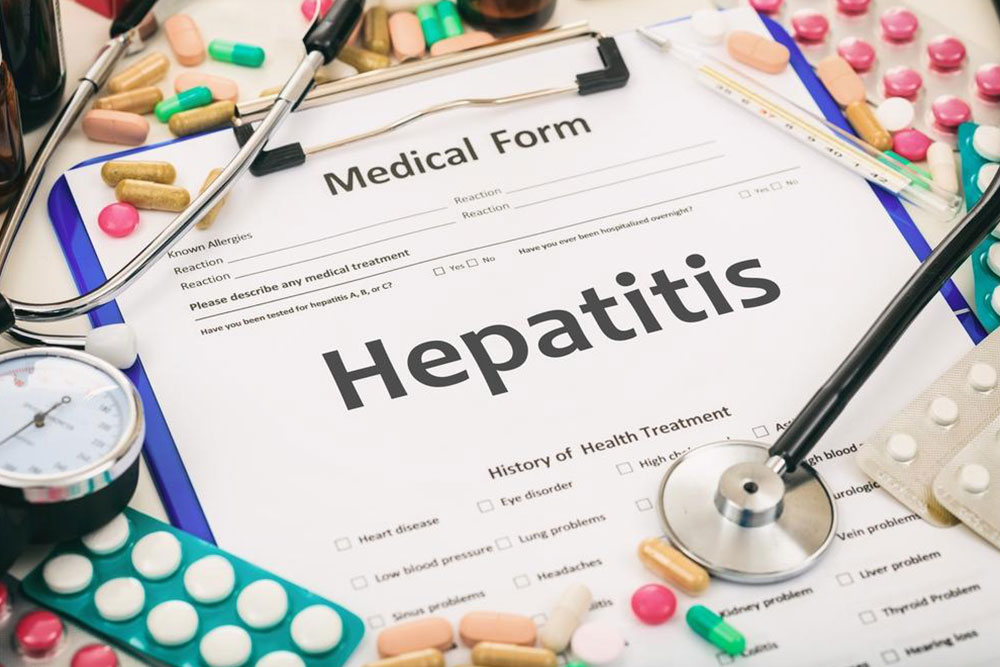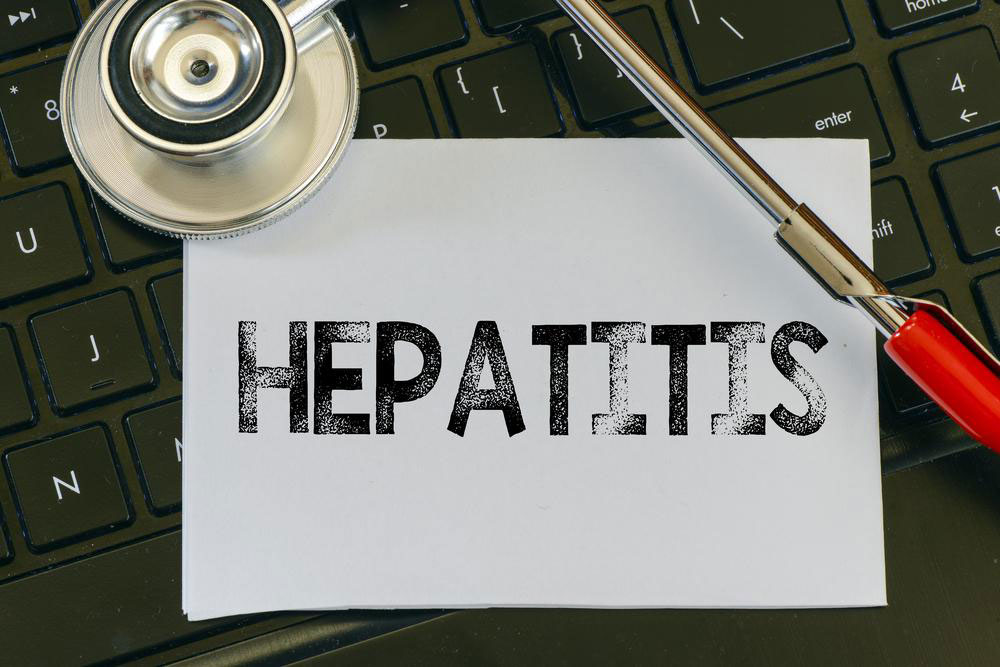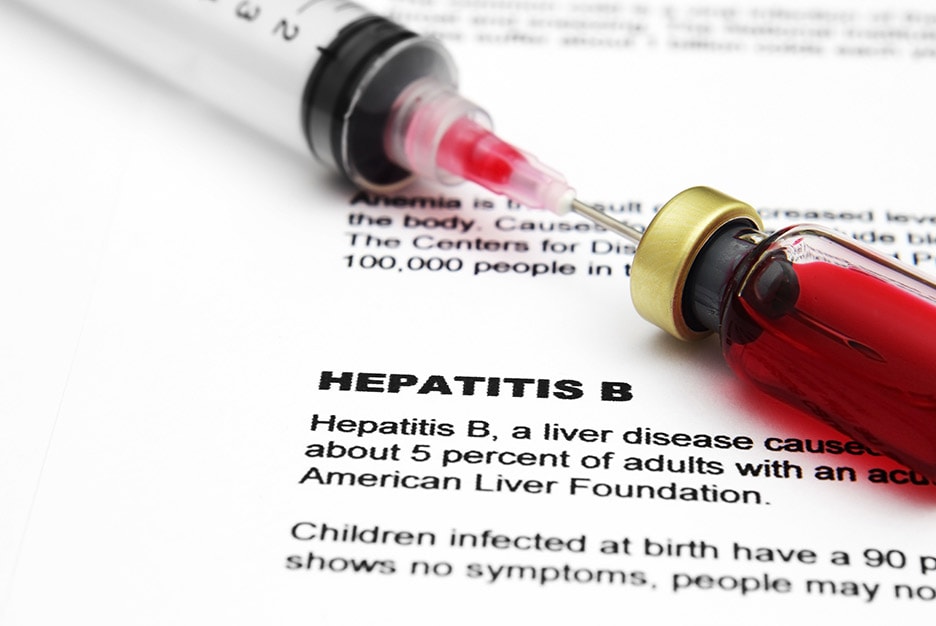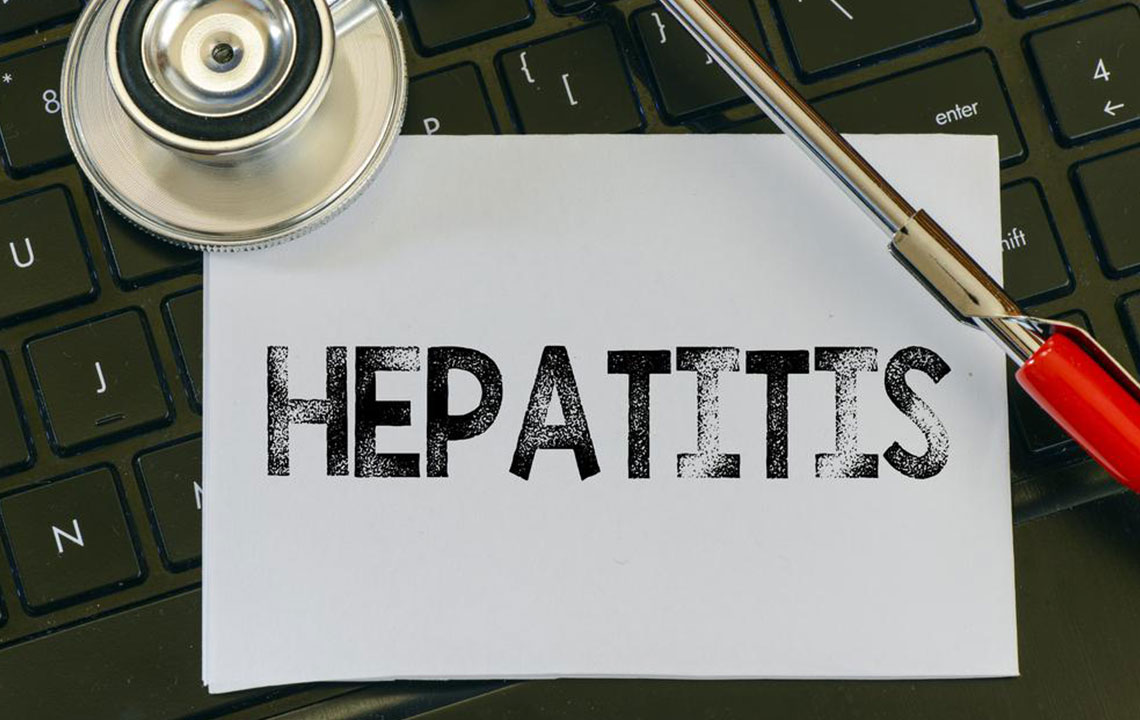Recognizing Key Signs of Hepatitis C Infection
Recognizing early symptoms of Hepatitis C is crucial for timely diagnosis and treatment. This article highlights common signs, from abdominal pain to jaundice and fatigue, helping individuals identify potential infection. Since symptoms often mimic other illnesses, awareness is vital for prevention and early intervention. Consult a healthcare professional if you notice these signs to ensure prompt testing and appropriate care, reducing the risk of severe liver damage or cirrhosis over time.

Recognizing Key Signs of Hepatitis C Infection
The U.S. Centers for Disease Control and Prevention (CDC) reports that annually, more than 30,000 new cases of acute Hepatitis C are documented. In 2015, approximately 3.5 million individuals were identified as having contracted the virus. Hepatitis C leads to prolonged liver inflammation, often progressing silently without immediate symptoms.
Typically, only about 20 to 30 percent of infected individuals show symptoms within the first six months. These symptoms often mimic those of the flu, making early detection challenging.
Therefore, recognizing the signs is crucial. If you experience any of these symptoms, consult a healthcare provider for testing and diagnosis:
Persistent pain and swelling in the upper right abdomen, often due to water retention, along with diarrhea.
Dark urine and light-colored stool, hallmark indicators of Hepatitis C. Seek medical advice if these symptoms occur.
Jaundice, characterized by yellowing of the skin and eyes, accompanied by constant itching.
Loss of appetite, nausea, and vomiting, along with diminished interest in daily activities.
Chronic fatigue, muscle and joint pains, and recurrent body aches.
Significant mood swings, persistent feelings of sadness, and low energy levels.
Most symptoms appear within the first three months of infection and may persist for weeks or months. Sometimes, subtle signs may recur over years, and it can take from six months to a decade to diagnose the infection. Because symptoms often resemble common illnesses like flu, Hepatitis C frequently remains undetected until liver damage or cirrhosis occurs. If you notice any of these symptoms, consult your doctor for testing—a proactive approach is essential for prevention and treatment.










